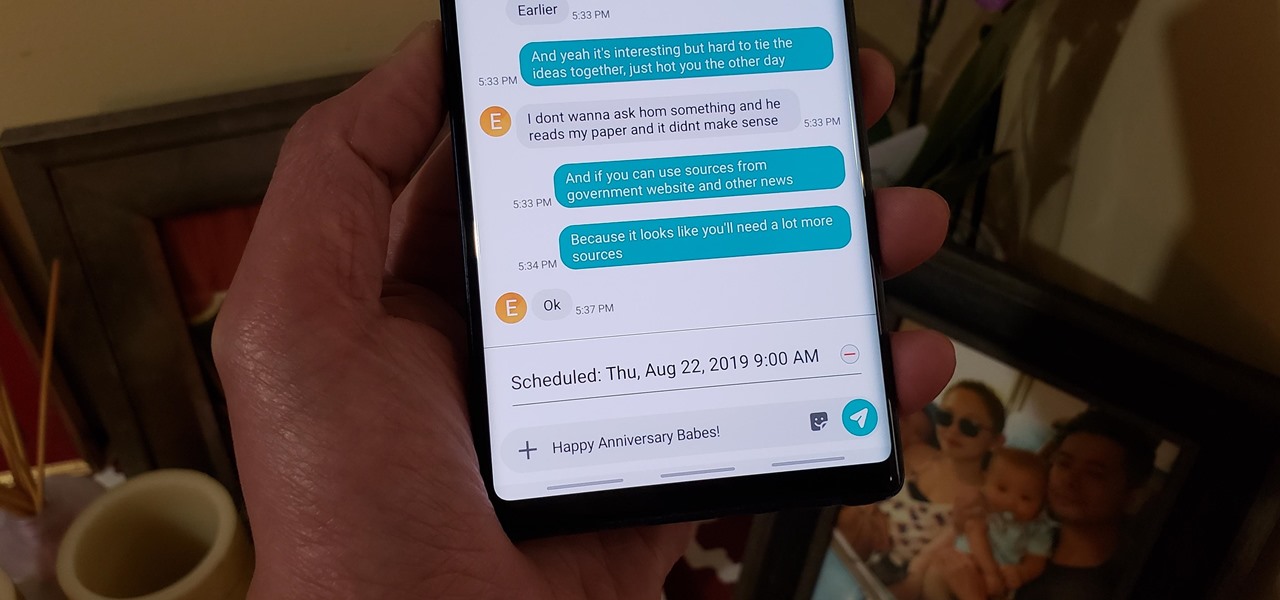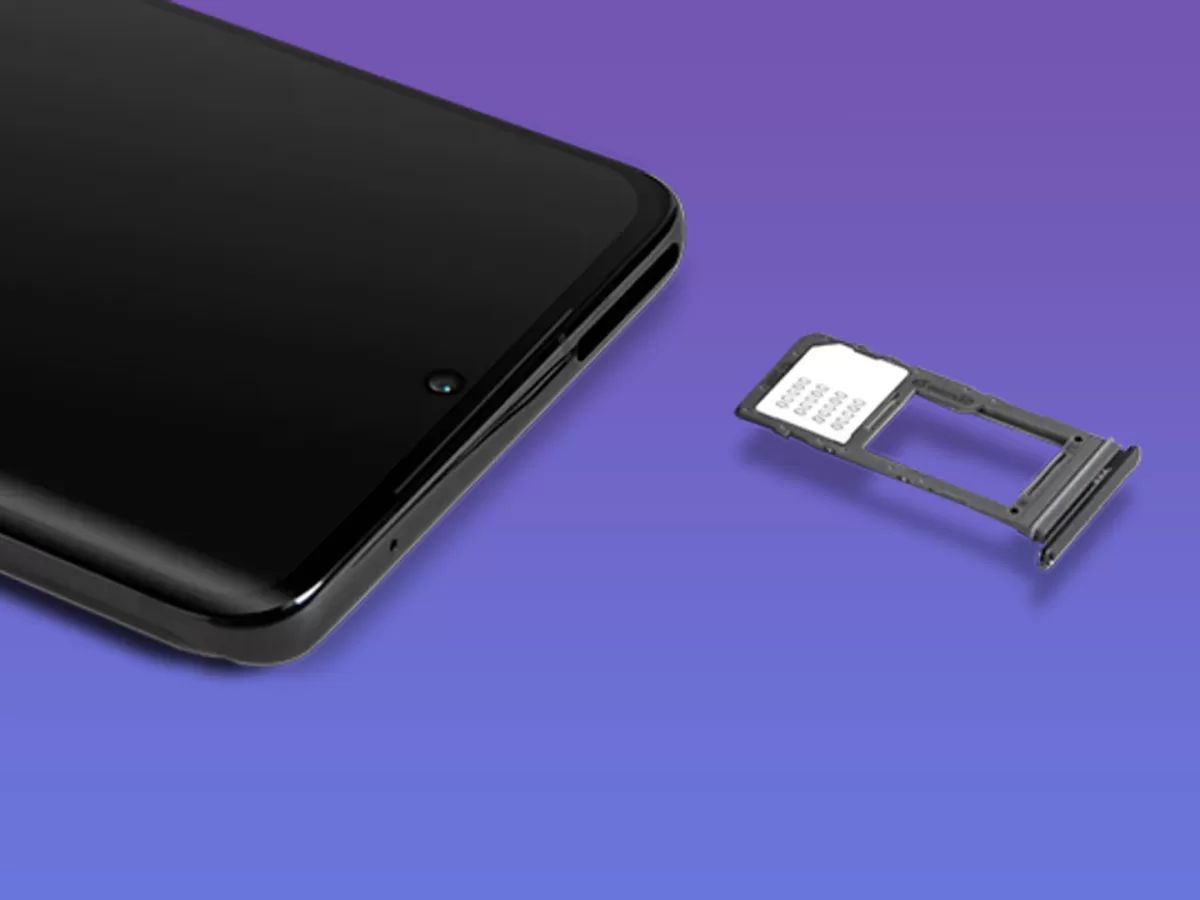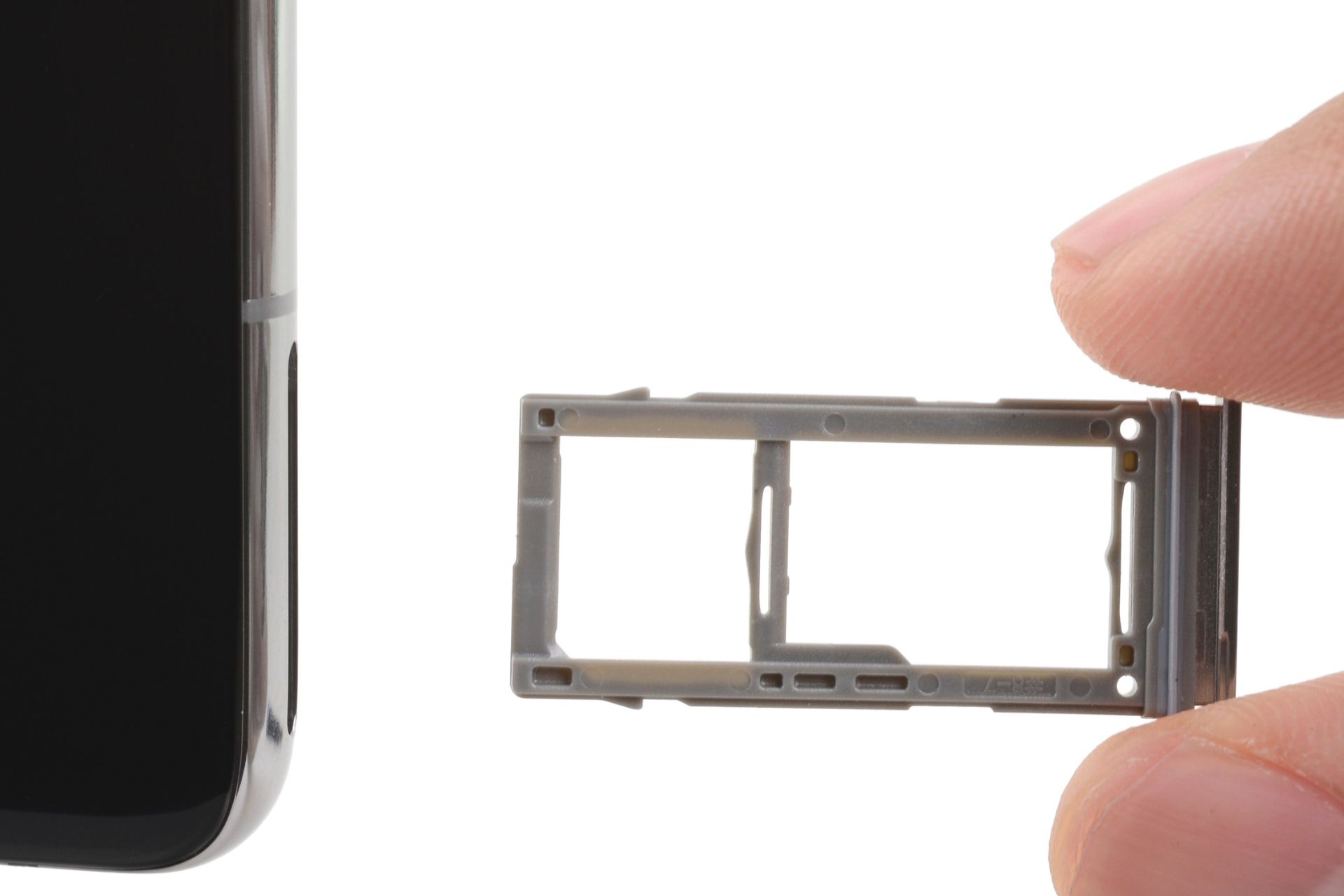Introduction
The Samsung Galaxy S10 is a powerful and feature-rich smartphone. However, there may be instances where you need to reset your device to its factory settings. This could be due to issues such as slow performance, software glitches, or if you are planning to sell or give away your device. Performing a reset can help resolve these problems and provide a fresh start for your Samsung Galaxy S10.
Resetting your Samsung Galaxy S10 will erase all data and settings on your device, so it is important to back up any important files and information before proceeding. There are different methods to reset your device, including a soft reset, a factory reset via settings, and a factory reset using buttons. Each method has its own advantages and depending on your specific situation, you can choose the most appropriate one for you.
In this article, we will walk you through these different methods and guide you on how to reset your Samsung Galaxy S10. Whether you’re facing performance issues or you’re simply looking to start fresh, we’ve got you covered. So, without further ado, let’s dive into the various methods of resetting your Samsung Galaxy S10.
Part 1: Back Up Your Data
Before you proceed with resetting your Samsung Galaxy S10, it is crucial to back up all your important data and files. A reset will erase all data on your device, including contacts, photos, videos, and apps. By backing up your data, you can ensure that nothing important is lost during the reset process.
There are several ways to back up your data on the Samsung Galaxy S10. One of the easiest methods is to use Samsung’s built-in backup feature. To do this, go to the “Settings” app and scroll down to find “Accounts and backup”. Tap on it and then select “Backup and restore”. From there, you can choose to back up your data to Samsung Cloud or an external storage device, such as an SD card.
If you prefer to use third-party backup solutions, there are various options available on the Google Play Store. Some popular backup apps include Google Drive, Dropbox, and Helium. These apps allow you to store your data in the cloud or on your computer, providing an extra layer of protection.
Once you have chosen your backup method, make sure to select the data you want to back up. This can include contacts, messages, call logs, photos, videos, and app data. It is a good idea to double-check that all the important files and information are included in the backup.
Once your data backup is complete, you can proceed with the reset process confidently, knowing that your valuable information is safely stored elsewhere. Remember to keep your backup files in a secure location so that you can easily restore them after the reset if needed.
In the next section, we will guide you through the process of performing a soft reset on your Samsung Galaxy S10, which can help resolve minor software-related issues without erasing your data.
Part 2: Perform a Soft Reset
If you’re experiencing minor issues with your Samsung Galaxy S10, such as frozen apps or unresponsive touch screen, a soft reset can often resolve these problems without erasing your data. A soft reset essentially restarts your device and refreshes its system, similar to when you turn it off and on again.
To perform a soft reset on your Samsung Galaxy S10, follow these simple steps:
- Press and hold the Volume Down button and the Power button simultaneously for about 10 to 20 seconds. You may need to hold these buttons slightly longer if your device doesn’t respond immediately.
- Release both buttons when the Samsung logo appears on the screen. Your device will then reboot and go through the startup process.
After the soft reset, check if the issues you were facing have been resolved. This method is often effective for addressing temporary software glitches or unresponsive apps. However, if you’re still experiencing persistent problems, you may need to consider performing a factory reset to completely restore your device to its original state.
Before proceeding to the next section, make sure to back up any remaining data or files that you haven’t backed up yet. This will ensure that you don’t lose any important information during the factory reset process.
In the following sections, we will explore different methods to perform a factory reset on your Samsung Galaxy S10, including one through the device settings and another using the buttons on your device. These methods are useful when you need to completely wipe your device or if you’re experiencing major software issues.
Part 3: Factory Reset via Settings
Performing a factory reset via the settings menu is one of the most straightforward ways to reset your Samsung Galaxy S10. This method allows you to erase all data and settings on your device while keeping it connected to the internet and logged in to your Google account.
Here’s how you can factory reset your Samsung Galaxy S10 via the settings:
- Open the “Settings” app on your device. You can find the app icon in your app drawer or by swiping down from the top of the screen and tapping on the gear icon.
- Scroll down and tap on “General management”.
- Tap on “Reset” at the bottom of the list.
- Choose the option labeled “Factory data reset”.
- Review the information on the screen and tap on “Reset” to proceed.
- If prompted, enter your device PIN, pattern, or password to continue.
- Finally, tap on “Delete all” to confirm the factory reset.
Your Samsung Galaxy S10 will now begin the factory reset process, which may take a few minutes to complete. Once finished, your device will restart and return to its original factory settings.
It’s essential to note that a factory reset will erase all data on your device, including apps, settings, and personal files. Therefore, it is crucial to have a backup of your data before proceeding with this method. Additionally, after the factory reset, you will need to set up your device from scratch, including reconfiguring your Google account, reinstalling apps, and restoring any data from your backup.
In the next section, we will explore an alternative method to perform a factory reset on your Samsung Galaxy S10 using the buttons on your device. This method can be useful if you’re unable to access your device’s settings menu or if you’re experiencing more severe software-related issues.
Part 4: Factory Reset using Buttons
If you’re unable to access the settings menu on your Samsung Galaxy S10 or your device is experiencing more severe software issues, you can perform a factory reset using the buttons on your device. This method allows you to reset your device even when it is completely unresponsive or stuck in a boot loop.
Here’s how you can factory reset your Samsung Galaxy S10 using the buttons:
- Ensure that your device is powered off.
- Press and hold the Volume Up button and the Power button simultaneously.
- Release the buttons once the Samsung logo appears on the screen.
- You will now enter the recovery mode menu. Use the volume buttons to navigate and the power button to select.
- Scroll down to find and select the option labeled “Wipe data/factory reset”.
- Confirm the factory reset by selecting “Yes” on the next screen.
- Wait for the reset process to complete, and then select “Reboot system now”.
Your Samsung Galaxy S10 will now undergo a factory reset, erasing all data and settings on your device. It will then reboot and return to its original factory settings.
Similar to the factory reset via settings, it is important to note that performing a factory reset using buttons will result in the loss of all data on your device. Therefore, it is crucial to back up your data before proceeding with this method.
In the next section, we will discuss how to reset the network settings on your Samsung Galaxy S10. Resetting the network settings can help resolve issues related to Wi-Fi, Bluetooth, or cellular connectivity.
Part 5: Reset Network Settings
If you’re experiencing issues with Wi-Fi, Bluetooth, or cellular connectivity on your Samsung Galaxy S10, resetting the network settings can often resolve these problems. Resetting the network settings will clear all saved Wi-Fi networks, paired Bluetooth devices, and cellular network settings on your device.
To reset the network settings on your Samsung Galaxy S10, follow these steps:
- Open the “Settings” app on your device.
- Scroll down and tap on “General management”.
- Tap on “Reset” at the bottom of the list.
- Choose the option labeled “Reset network settings”.
- Review the information on the screen and tap on “Reset settings”.
- If prompted, enter your device PIN, pattern, or password to continue.
- Finally, tap on “Reset” to confirm the network settings reset.
Your Samsung Galaxy S10 will now reset the network settings and restart. After the reset, you will need to set up your Wi-Fi connections, re-pair Bluetooth devices, and reconfigure any cellular network settings.
Resetting the network settings can be particularly helpful if you’re experiencing intermittent connectivity issues, unable to connect to a specific Wi-Fi network, or facing problems with Bluetooth pairing. It’s worth noting that this method does not remove any personal data or settings from your device, unlike a factory reset.
In this article, we have discussed various methods to reset your Samsung Galaxy S10, including backing up your data, performing a soft reset, factory resetting via settings, factory resetting using buttons, and resetting network settings. Depending on the severity of the issues you’re facing or your specific requirements, you can choose the most appropriate method to restore your device to its optimal performance.
Remember to always back up your data before proceeding with any reset method to ensure that your important files and information are safely preserved. Whether you’re looking to fix software glitches or simply start fresh with your Samsung Galaxy S10, the methods outlined in this article will help you achieve your desired results.
Conclusion
Resetting your Samsung Galaxy S10 can be a useful solution for resolving various issues and starting anew with your device. Whether you’re experiencing performance problems, software glitches, or simply want to prepare your device for sale or transfer, the methods outlined in this article can help you achieve your desired results.
Before proceeding with any reset method, it is important to back up your data to ensure that you don’t lose any important files or information. Whether you choose to use Samsung’s built-in backup feature, third-party backup apps, or a combination of both, having a backup will provide peace of mind during the reset process.
We discussed different methods to reset your Samsung Galaxy S10, including performing a soft reset, factory resetting via settings, factory resetting using buttons, and resetting network settings. Each method has its own advantages and should be chosen based on the severity of the issues you’re facing and your specific requirements.
Remember, performing a factory reset will erase all data and settings on your device, so it is crucial to weigh the pros and cons before proceeding. Additionally, after the reset, you will need to set up your device from scratch, including reconfiguring your accounts, reinstalling apps, and restoring any data from your backup.
In conclusion, the methods provided in this article will enable you to reset your Samsung Galaxy S10 effectively and efficiently. Whether you need to address minor software issues, perform a complete factory reset, or fix connectivity problems, following the step-by-step instructions outlined in this guide will help you navigate the process with confidence.
We hope this article has been helpful in guiding you through the various methods of resetting your Samsung Galaxy S10. By taking the necessary precautions and following the instructions carefully, you can ensure a smooth reset process and restore your device to its optimal performance.

























